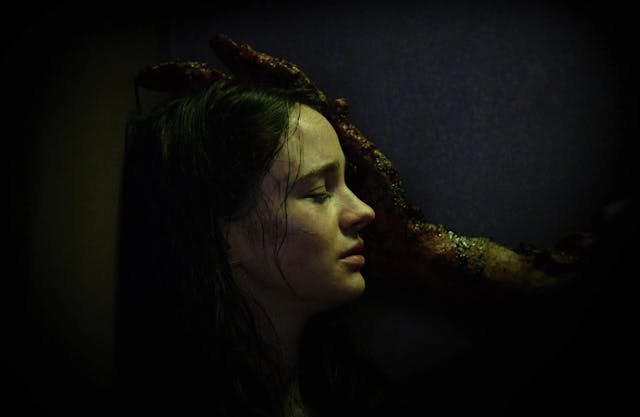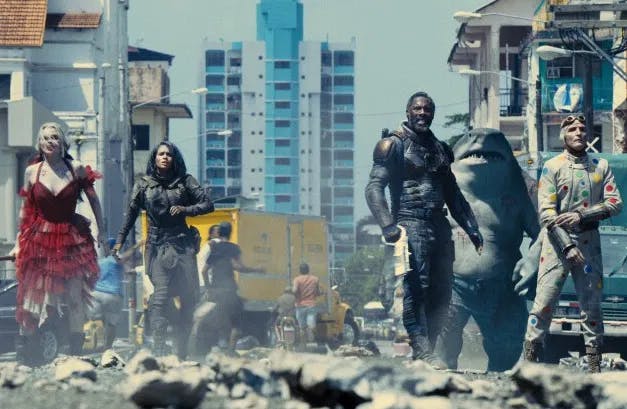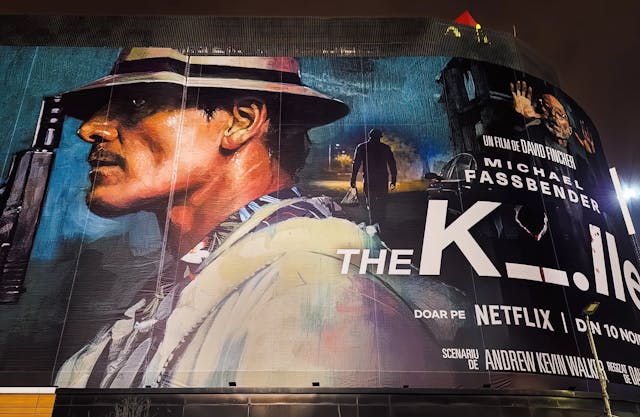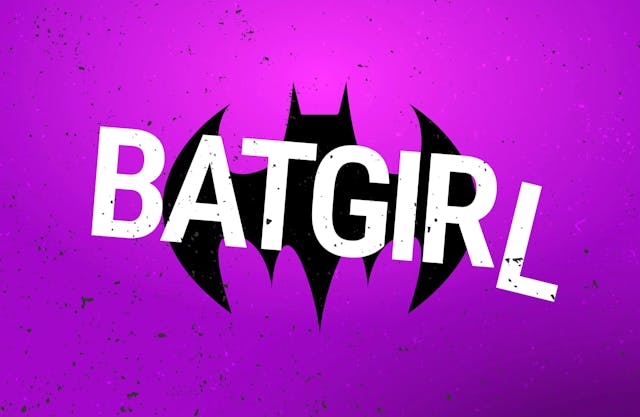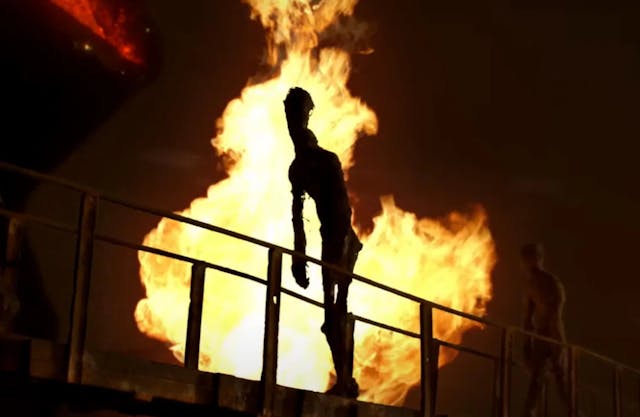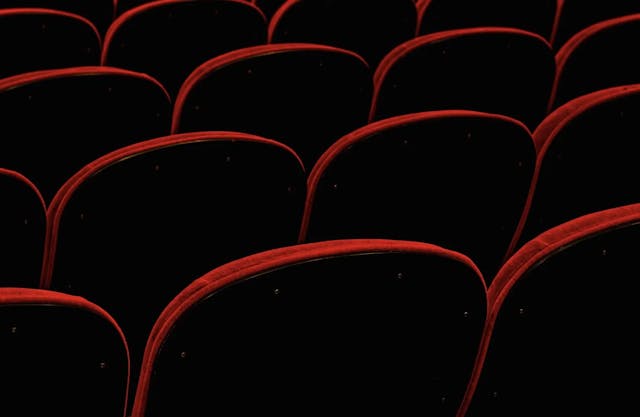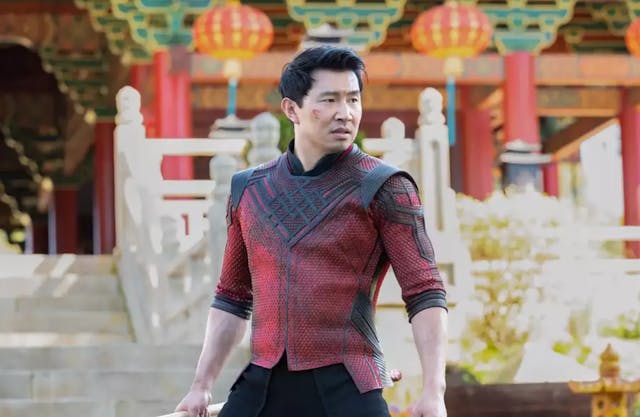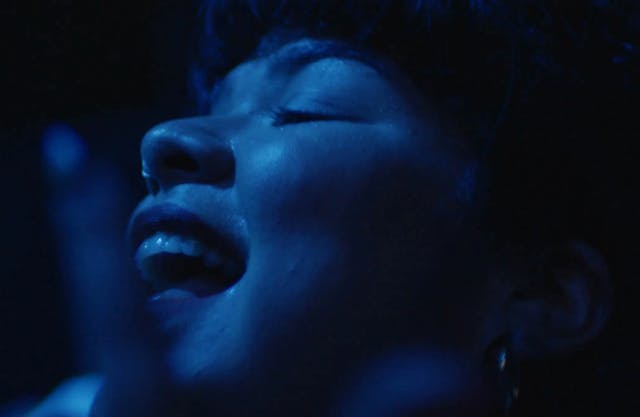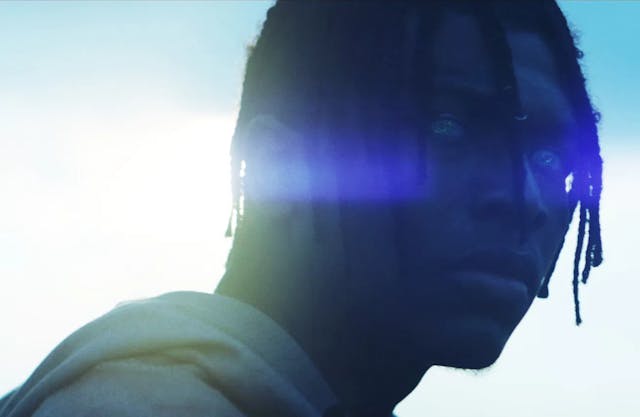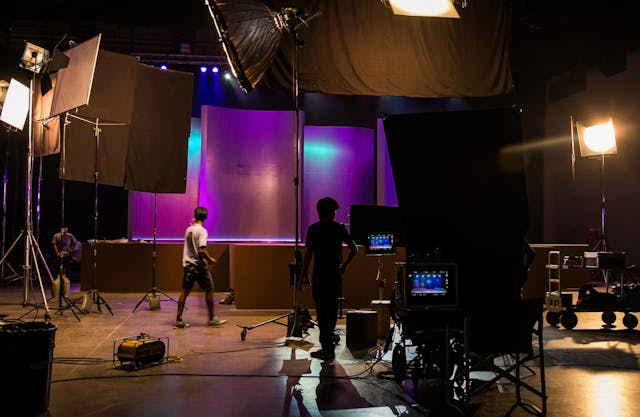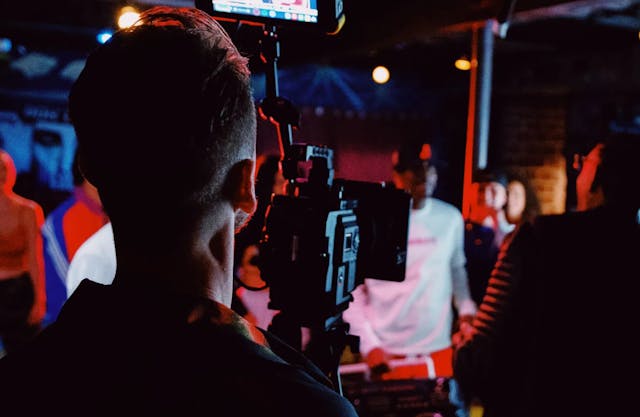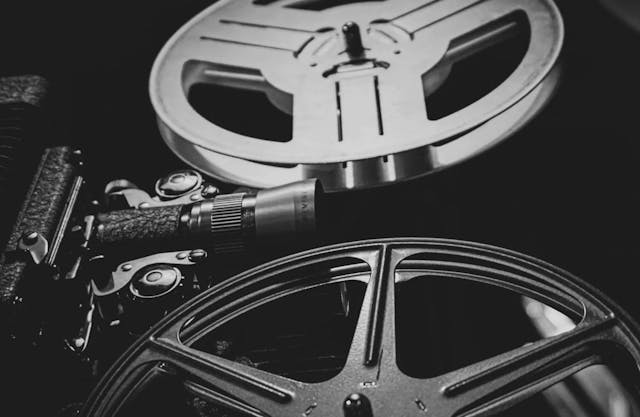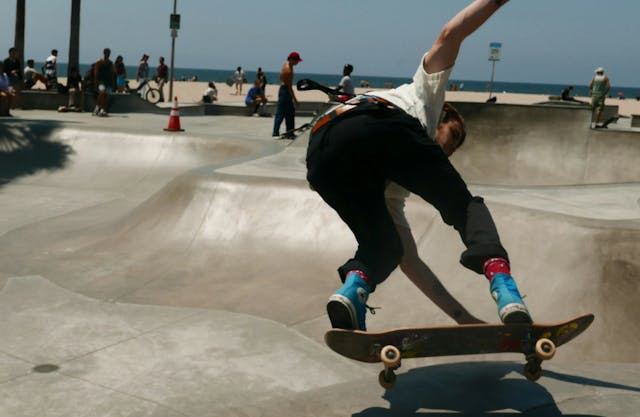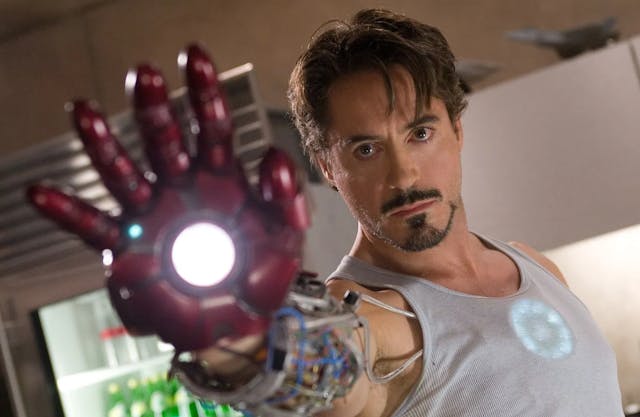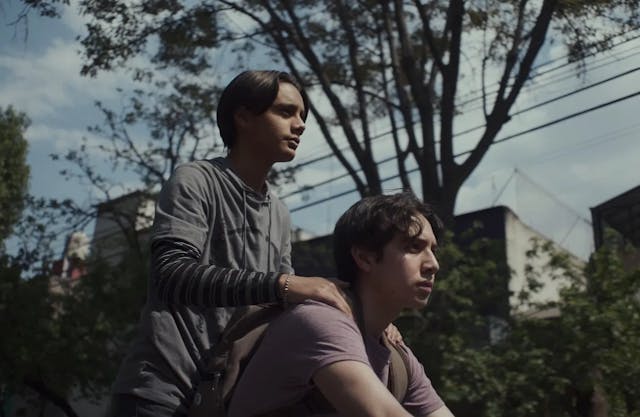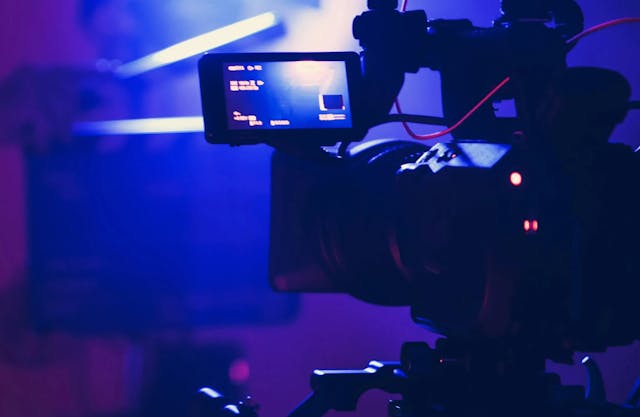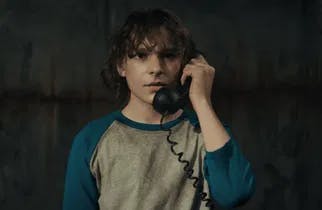Special Defects: Why Marvel Shrugs At "Thor"'s Green-screen Memes

There is a new tradition in Film Twitter. With every release by Marvel Studios, a deluge of snarky screen captures call attention to shoddy special effects shots and odd image composition. The most staunch Marvel defender would take umbrage at the latest batch, prompted by the release of Thor: Love and Thunder. Even Taika Waititi got into the fun, appearing with Tessa Thompson in a video interview published by Vanity Fair, poking fun at their movie. “Does that look real?” asks the director to her star as they oversee a shot where Thompson, Natalie Portman, and Chris Hemsworth share the screen with a computer-generated golem named Kong, voiced by Waititi. “In that particular shot, no, actually!” laughs Thompson. “None of us” she says before trailing off into an evaluation of the varying shades of blue applied to the make-believe character. It is a little strange to see above-the-line talent being so candid about the shortcomings of their project, but if you see the actual movie, you can’t blame them.
Digital Processing Brought to Film Production Compositing Images on Steroids
They do it because they can. Marvel movies are foregone hits, safe from bad reviews and self-deprecation. Yet, the studio is far from the sole offender. Death on the Nile, a recent 20th Century Fox release, gathered similar attention for a scene with subpar compositing. In a brief throw-away scene, inspector Poirot (played by director Kenneth Branagh) meets his friend Bouc (Tom Bateman) at the bottom of a pyramid. The digital seams are so obvious, it is funny. Why not build a physical set? Did they have to cut their budget or hire a cheaper FX house? We will never know the answer, but the dismal result is on the screen.
Our much-maligned green screen is the latest iteration of compositing images, a process by which you layer two or more images merged. It has been around since the early days of film production. Miniature backdrops were on glass, and actors overlayed through a double exposure process of a film. The results were good enough so that audiences would buy into the illusion. It conveys impossible things into reality. Also, it allows you to register banal actions that could be hard to record with existing technology. Check out the extensive use of rear projection to show two characters talking while driving a car. You would first film the moving background on location. Then, that film would be projected on a screen in the studio, with the actors placed inside a car in the foreground. The camera would record the live performance and the moving background. To film a film was studio magic at its most threadbare and effective.
Digital processing brought to film production compositing images on steroids. On a recent episode of HBOMax’s sitcom Hacks veteran stand-up comedian Deborah Vance (Jean Smart) and her joke writer Ava (Hanna Einbinder) are driving through the desert. The camera swoops in from the sky. Then it moves around the car and into the cabin for a two-shot of the characters. It looks very cool and convincing, but is it at all necessary?
A Sense of Disconnection
There is some narrative necessity behind any FX shot. We need to place these characters in this location. Or we need to show you a credible manifestation of something that does not exist. Both the ordinary and the sublime are ripe for invention in film production. The problem with Marvel’s apparent lack of quality control is that it does not seem born out of scarcity or incompetence. It comes from a place of hubris. Their movies are too big to fail. Their large audience is so invested in their “narrative universe”, that they will not care if the craftsmanship is wanting. Delivery schedules may be an issue, too. If you buy into their business plan, we are in the fourth phase of the MCU. Release dates are fixed years in advance. Delay is not an option since it can send a monkey wrench into the cash flow.
The maddening thing for this superhero agnostic is that the worst offenses happen in the most pedestrian scenes. How can you mess up the composition of a shot with three actors in a room, sharing space with a CGI monster? The eyesights are all over the place. There is a sense of disconnection in their interactions. It looks as if each person was shot alone, and then everyone was cut and pasted into a single shot. It is a Franken-scene, made out of lifeless parts. It may as well be the best solution available to a practical problem. Maybe actors were in different countries, unable to travel, locked in by COVID protocols. But still, the finish is almost amateurish. It does not have to be this way. Director David Fincher is famous for using current film production technology to manipulate compositing seamlessly. It is impossible to notice the tricks he plays until revealed in behind-the-scenes videos.
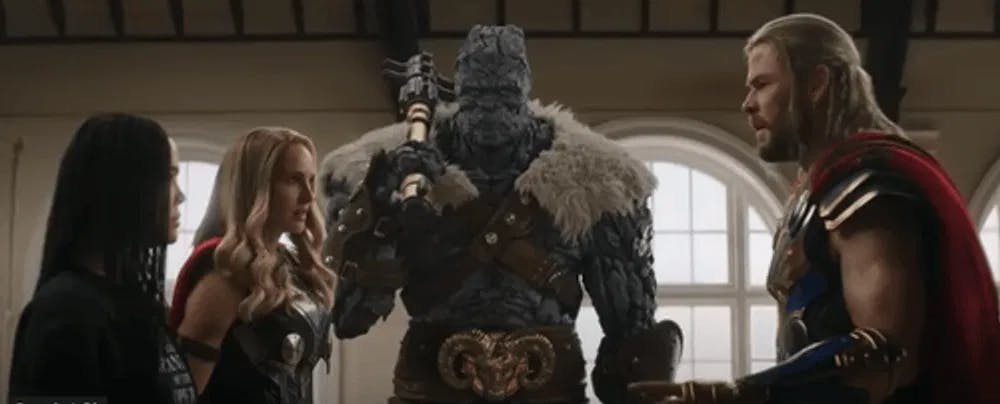
Moviegoers deserve better, but it is unlikely that Marvel will suffer any audience erosion in their box office receipts for offenses like these. Their fans are way too invested in their products. They forgive and forget, if they even see this as a problem. A generation raised on DIY videos on social media can brush off such matters. It looks similar to a lot of things they grew up watching.
Familiarity with style comes into play. If you grew up watching the Rankin & Bass TV specials and the works of Ray Harryhausen, you would find stop-motion animation enchanting and dreamlike - I am old enough to have seen his work on Clash of the Titans during its original release (Desmond Davies, 1982). Someone newly exposed to these classics may have a rough time appreciating their artistry. We form an emotional bond with it, applying adjectives like enchanting and dreamlike. You will wrongly think they are primitive or lacking if your standar begins and ends with current technical capabilities of film production.
Next to its IP well of content, hatched from decades of comic book publishing, the most valuable asset Marvel has is the devotion of its audiences. Suspension of disbelief is their superpower.
Want to get an email when we publish new content?
Subscribe today